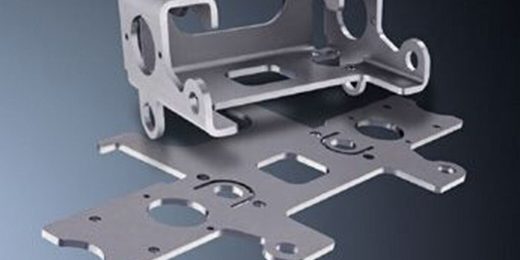If the chemical stability of materials is poor, the following consequences will occur:
**I. Impact on product performance**
1. Reduced mechanical properties: Materials may undergo structural changes due to chemical reactions, leading to a decline in mechanical properties such as strength, hardness, and toughness. For example, when metal materials come into contact with corrosive media, corrosion may occur, making the material thinner and more brittle, thereby reducing its load-bearing capacity.
2. Affecting electrical properties: For materials in electrical equipment, if the chemical stability is poor, it may lead to problems such as a decline in insulation performance and changes in conductivity. For example, if the insulation layer of a wire is chemically corroded, there may be safety hazards such as leakage and short circuit.
3. Damaging sealing performance: In seals, if the chemical stability of the material is poor, it may react with the sealing medium, resulting in a decline in sealing performance. For example, after rubber seals come into contact with certain chemicals, they may expand, harden, or break, thus losing their sealing function.
**II. Impact on product lifespan**
1. Shortening service life: Materials with poor chemical stability are easily affected by the external environment and may experience corrosion, aging, and other phenomena, thereby shortening the service life of products. For example, if the metal materials in automotive parts have poor chemical stability, rust and corrosion may occur in a short period of time, requiring frequent replacement and increasing the cost of use.
2. Increasing maintenance costs: Due to the easy damage of materials with poor chemical stability, frequent maintenance and repair are required. This not only increases the investment of manpower, material resources, and financial resources but may also affect the normal use of products. For example, if the pipes in chemical equipment have poor chemical stability, leakage and other problems may occur frequently, requiring maintenance and replacement, affecting production efficiency.
**III. Impact on the environment**
1. Releasing harmful substances: When materials with poor chemical stability react with the external environment, they may release harmful substances and cause pollution to the environment. For example, some plastic products may release toxic gases during the aging process, polluting the atmospheric environment; some metal materials may release heavy metal ions during the corrosion process, polluting the soil and water sources.
2. Difficult to recycle: Materials with poor chemical stability may be difficult to recycle after use because irreversible chemical reactions have occurred, increasing the difficulty of waste disposal. For example, some composite materials may be difficult to separate after use due to chemical reactions between materials, making it impossible to carry out effective recycling. In conclusion, poor chemical stability of materials will have adverse effects on the performance, lifespan, and environment of products. Therefore, when choosing materials, full consideration should be given to their chemical stability to ensure the quality and reliability of products.






